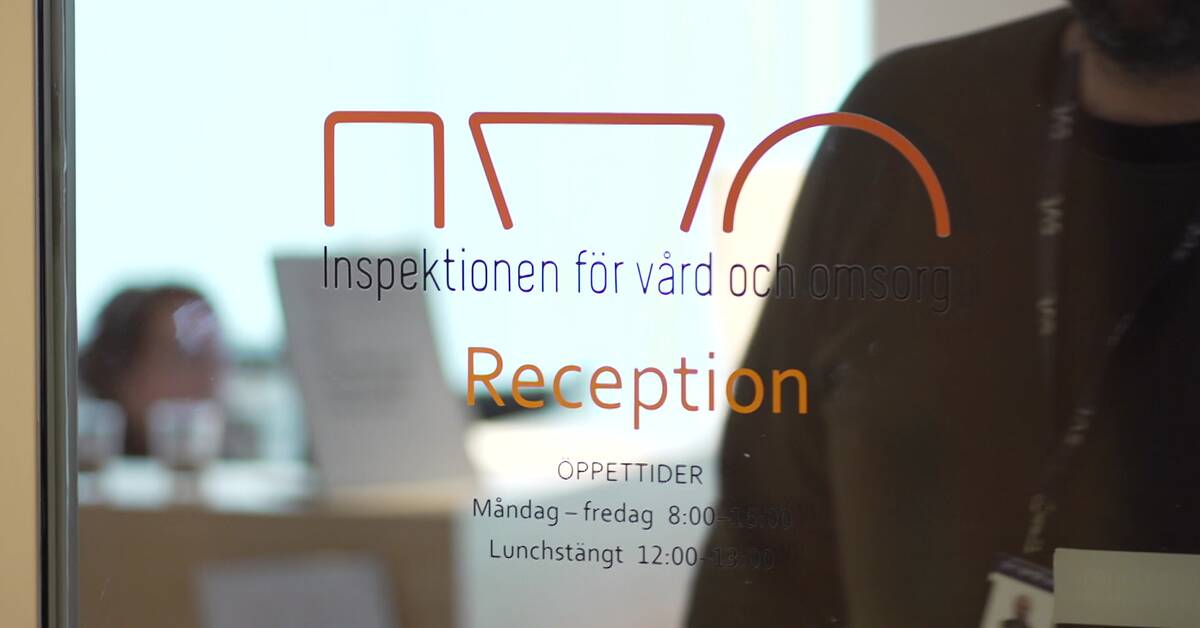The woman was 36 weeks pregnant when she went into labor and was admitted to labor after the water had gone. The birth began, but the woman was perceived as weak and tired and the obstetrician had difficulty with the pain relief.
Although there were signs that something was not right, the vaginal delivery continued. The emergency services were contacted late and eventually a suction cup needed to be used to get the child out. Then "a complication" arose that caused the child to die.
"When you look in the rearview mirror, you might think that it might not go the way, you had some signals that said you should have gone another way," says Bengt Andersson, Chief Medical Officer at Region Västerbotten.
The region is taking action
The region has investigated the case and developed measures to reduce the risk of something similar happening again.
"It's about paying attention to warning signs and routines, taking a time-out to get perspective on the situation. At that time, I think there was a lot of strain and the communication was not entirely optimal, which perhaps meant that not everyone understood the seriousness, says Bengt Andersson.
The matter has been reported to the Health and Social Care Inspectorate (IVO) for review according to lex Maria.

